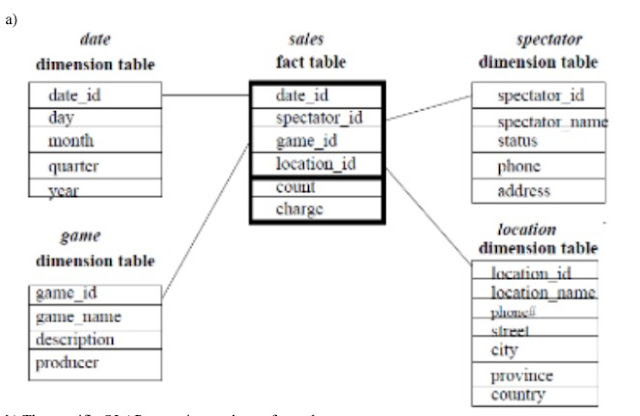Explain Features of ASP.NET Web Forms.
Features of ASP.NET Web Forms
• Server Controls- ASP.NET Web server controls are similar to familiar HTML elements, such as buttons and text boxes. Other controls are calendar controls and controls that you can use to connect to data sources and display data.
• Master Pages- ASP.NET master pages allow you to create a consistent layout for the pages in your application. A single master page defines the look and feels and standard behavior for all of the pages (or a group of pages) in your application. You can then create individual content pages along with the master page to render the web page.
• Working with Data- ASP.NET provides many options for storing, retrieving, and displaying data in web page Ul elements such as tables and text boxes and drop-down lists.
• Server Controls- ASP.NET Web server controls are similar to familiar HTML elements, such as buttons and text boxes. Other controls are calendar controls and controls that you can use to connect to data sources and display data.
• Master Pages- ASP.NET master pages allow you to create a consistent layout for the pages in your application. A single master page defines the look and feels and standard behavior for all of the pages (or a group of pages) in your application. You can then create individual content pages along with the master page to render the web page. Working with Data- ASP.NET provides many options for storing, retrieving, and displaying data in web page Ul elements such as tables and text boxes and drop-down lists.
• Client Script and Client Frameworks - You can write client-script functionality in ASP.NET Web Form pages to provide a responsive user interface to users. You can also use a client script to make asynchronous calls to the Web server while a page is running in the browser.
Routing - URL routing allows you to configure an application to accept request URLs. A request URL is simply the URL a user enters into their browser to find a page on your website. You use routing to define URLs that are semantically meaningful to users and that can help with search engine optimization (SEO).
• State Management -ASP.NET Web Forms includes several options that help you preserve data on both a per-page basis and an application-wide basis.
• Security - offer features to develop secure applications from various security threats.
• Performance - offers performance related to page and server control processing, state management, data access, application configuration and loading, and efficient coding practices.
• Internationalization - enables you to create web pages that can obtain content and other data based on the preferred language setting or localized resource for the browser or based on the user's explicit choice of language. Content and other data are referred to as resources and such data can be stored in resource files or other sources.
• Debugging and Error Handling - diagnose problems that might arise in an application. Debugging and error handling are well so that applications compile and run effectively.
Deployment and Hosting- Visual Studio, ASP.NET, Azure, and IIS provide tools that help you with the process of deploying and hosting your application



Comments
Post a Comment